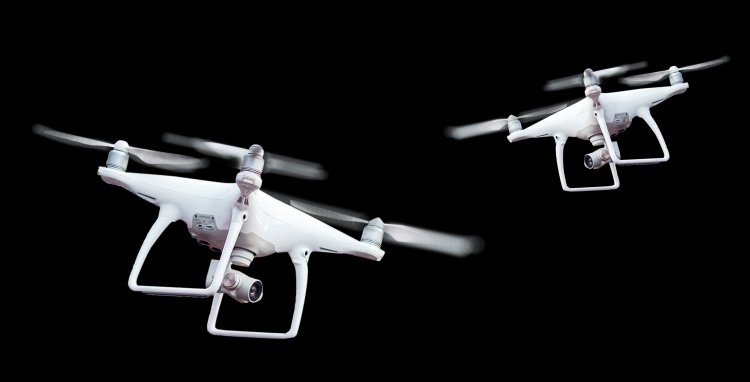Drones: CE classes and new rules will apply from 2024
DJI, the world's largest maker of civilian drones, is at the forefront of this trend. The Chinese recently released the updated Mini 3 Pro, which costs at least 829 dollars. Much will change for drone pilots in the future since the EU will implement a CE classification beginning in 2024. The regulation was meant to go into effect in mid-2022, but it has now been pushed back to January 1st, 2024. Every drone pilot, regardless of CE class, must have liability insurance.

Hobby pilots in the smallest class C0 can take off with drones weighing less than 250 grams and having a maximum Vmax of 68.4 km/h (i.e. 19 m/s). No proof of competence is necessary if you utilize a device like the DJI Mini 3 Pro. The following CE classes need verification of knowledge:
- C1 refers to drones weighing between 250 grams and 899 grams. This would also include the Aldi drone Maginon QC-120 .
- C2 designates drones with a weight between 900 grams and 3,999 grams. This includes the Sony Airpeak .
- C3 includes heavy drones between four and 25 kilograms. This can also include many self-built models.
- C4 applies to aircraft weighing more than 25 kilograms, such as model aircraft.
Aside from the CE classifications, there are three sub-categories that affect how close you can fly to bystanders: A1, A2, and A3. Close flight over humans is the focus of Class A1.
This is permitted for drones classified as C0, but not for the other C classes. Class A2 drones must maintain a safe distance of 30 meters from people and are only permitted in classes C0, C1, and C2.
The safe distance can be reduced to five meters with a maximum speed of three meters per second and under certain environmental circumstances.
All drones and flying items in categories C3 and C4 must follow subcategory A3 and must fly at least 150 meters away from bystanders.
The standards of subcategory A3 are met if you keep a distance of at least 150 meters from onlookers and at least 150 meters from residential, recreational, commercial, and industrial zones.
It is yet unknown how the subsequent certification of already purchased drones will function and what the fees will be for the owner.
If you want to fly the DJI Mini 3 Pro in subcategory A1 or A3, you must have a five-year certificate of competence. Drones currently on the market that lack CE certification can only be used until the beginning of 2024, at which point a CE certification must be obtained in order to continue flying the drones outside.





































